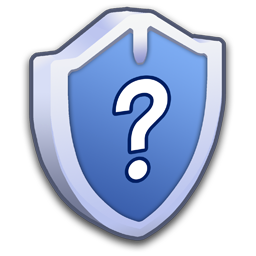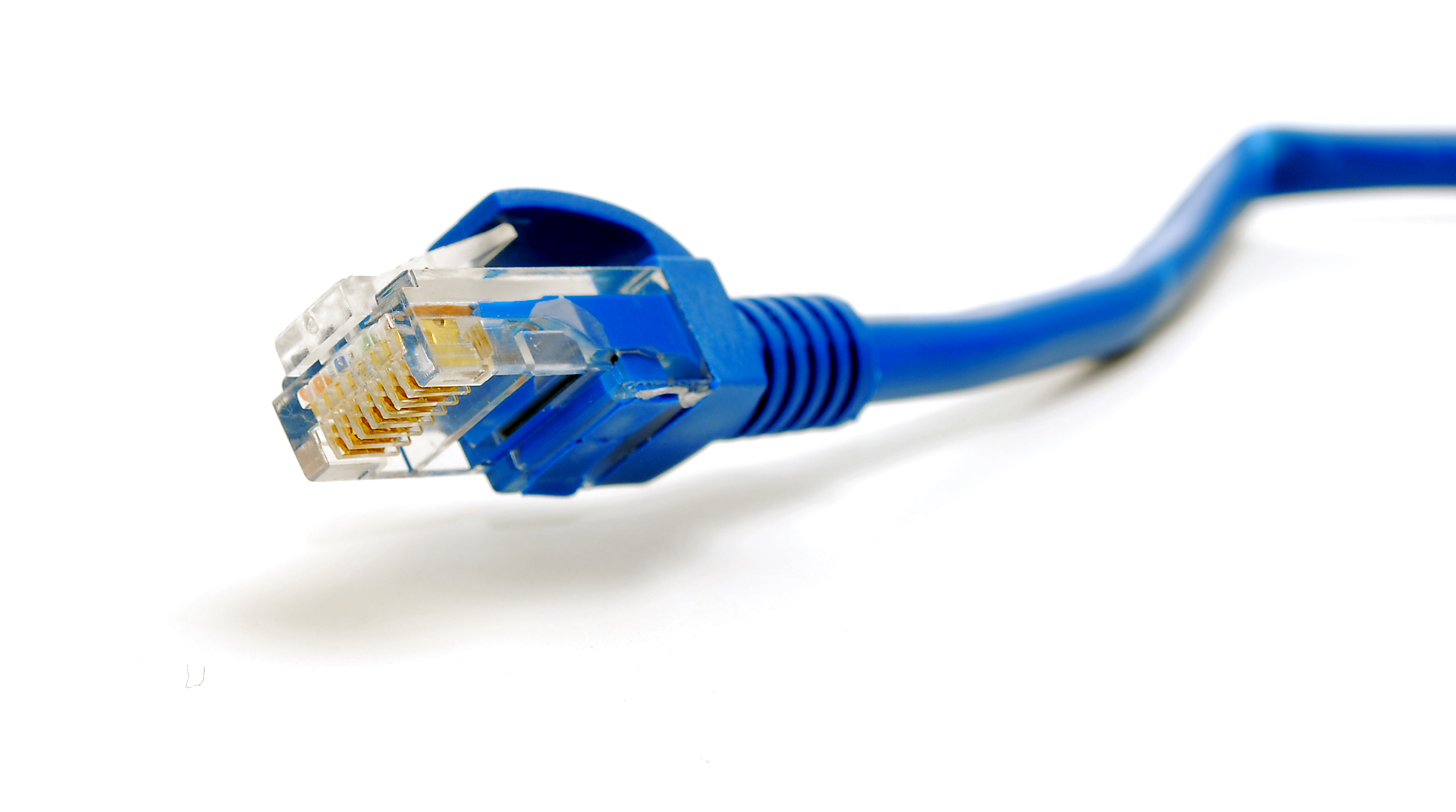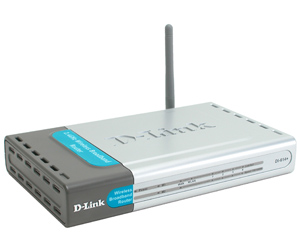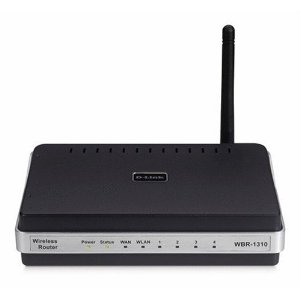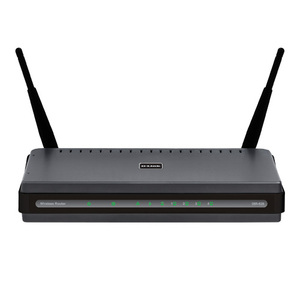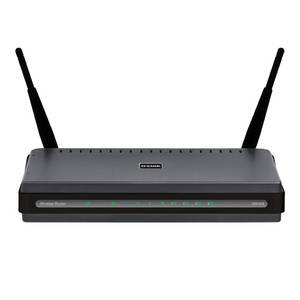Home networks are quite common in many of today’s households. These days, it’s actually quite the norm for the average family to have networking equipment in their home. Having a network in the home makes it a lot easier for computers and other devices to communicate with each other as well as share an internet connection. Yes, home networks provide extremely helpful features to computers, but lots of people forget that internal network security is a big issue with these networks. Many don’t know exactly how to secure their network, and there are many that don’t even take it into consideration.
Internal network security is imperative for a number of reasons. It’s important to secure your home network so that you can keep outside intruders from accessing your network and files, minimize threats like viruses and spyware, and more. For example, if you were to leave your home network unsecured, an intruder could easily access the network and do something like change your login information for you router so that he/she could gain complete control over the device. Even worse, he/she could access confidential files that you wouldn’t want the public tampering with.

